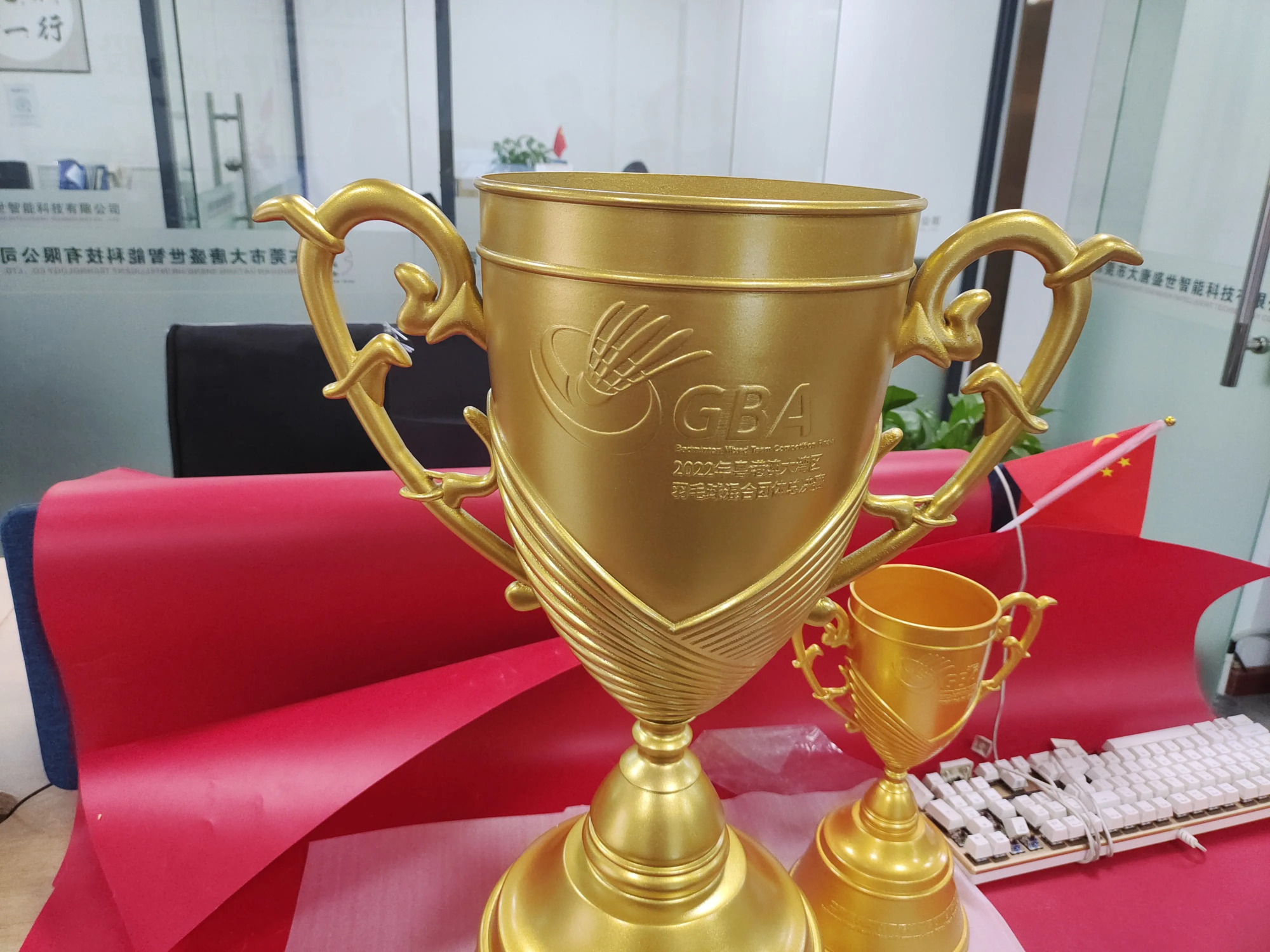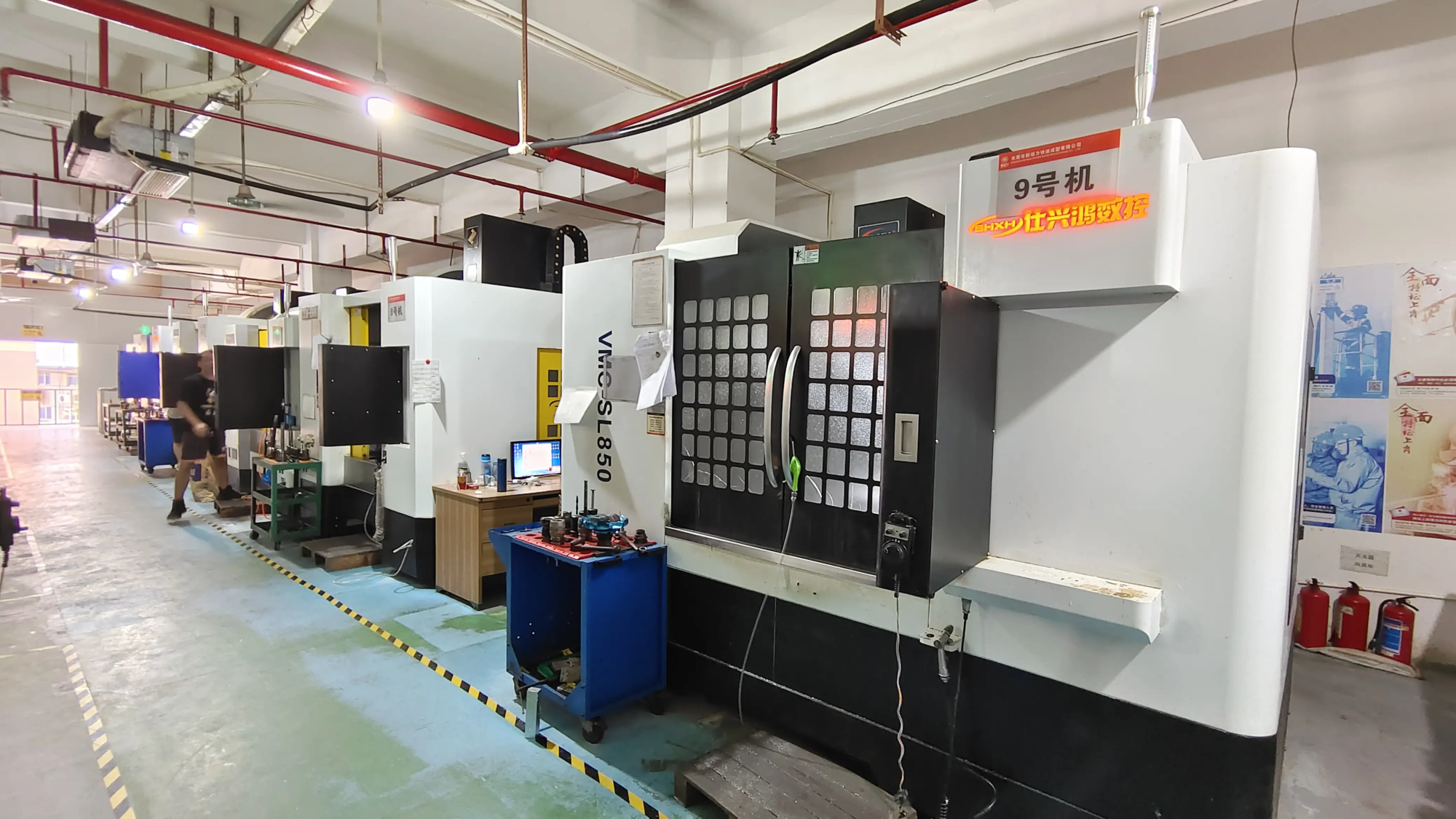The potential of unlocking acrylic wires: a comprehensive guide
Acrylic filaments (PMMA or methyl methacrylate) have been engraved in 3D printing for applications that apply optical clarity, weather resistance and UV stability. Although notorious for its printing challenges, mastering acrylic unlocks the functionality of standard silk. exist GreatWe use advanced SLM 3D printers and decades of rapid prototyping expertise to solve complex manufacturing barriers, including acrylic applications. This is the way to use this extraordinary material.
Why choose acrylic wire?
Unlike general PLA or ABS, acrylic has unique advantages:
- Optical clarity: Print parts similar to glass, lens, light diffuser or display.
- Chemical/UV Resistance: Great for outdoor signage, automotive components and laboratory equipment.
- Smooth finish: Polished to a gloss, professional appearance.
- Strength and rigidity: Comparable to ABS, but with high-quality aesthetic potential.
However, the hygroscopicity, warpage tendency and temperature sensitivity of acrylic require precise control.
Printing acrylic: Key parameters and techniques
1. Filament treatment:
Acrylic absorbs moisture quickly. Seal with desiccant and dry the preprint at 70°C for 4-6 hours. listen No pop-up or crackling During the extrusion process – this indicates drying.
2. Printer settings:
- Bed adhesion: Use a heated bed (80–100°C) with PEI, glass or specialized adhesives such as Magigoo PC.
- shell: Prevent the distortion of temperature fluctuations.
- nozzle: Hardened steel or ruby. Acrylic abrasives can wear out the brass.
| 3. Best slicing settings: | scope | value |
|---|---|---|
| Nozzle temperature | 240–260°C | |
| Bed temperature | 85–105°C | |
| Printing speed | 30–50 mm/s (first layer is slower) | |
| Layer height | 0.1-0.2 mm | |
| withdraw | 4-6mm 40mm/s | |
| cool down | Minimum (fan ≤20%) |
4. Advanced tips:
- Slow first level: 20 mm/s to ensure adhesion.
- Avoid combing: Reduce string lines, but will cause the nozzle to drag on the delicate layer.
- High traffic: 105–110% compensation for viscosity fluctuations.
Perfect post-processing
Unfinished acrylic prints look cloudy – but convert under post-processing:
- Grinding: From 400 to 2000 sandpaper wet paper strips.
- Chemical polishing: Use steam polish with acetone (controlled environment only) for optical clarity.
- UV seal: The coating prevents the ambient yellow color and enhances durability.
At Greatlight, our one-stop post-processing services include industrial-grade polishing, sealing and customization, putting functional prototypes in commercial-grade products.
Solve FAQs
- Warp: Increase the bed temperature; add 10 mm edges and ensure housing integrity.
- string: Gradually lower the nozzle temperature gradually; optimized retraction.
- Layering: Reduce cooling fan speed; verify extrusion consistency.
- brittleness: Verify that the filament is dried; increase the extrusion temperature by 5°C.
Real-world applications
- Medical/laboratory: Transight fluid chip, UV-resistant sample holder.
- car: Headlight cover, dashboard panel.
- consumer goods: Display cabinet, durable outdoor fixture.
- prototype: A clear functional shell for customer introduction.
in conclusion
Acrylic wires have a strong connection to rigorous engineering, but their successful deployment requires subtle calibration and post-processing. For mission-critical projects, unexperienced rapid prototyping experts can ensure results beyond desktop functionality. Great Fuse cutting-edge SLM 3D printing technology, materials science expertise and detailed completion services to transform acrylic prototypes into a perfect end-use product. From aerospace to medical devices, we offer fast custom solutions without compromising performance.
Customize precision acrylic prototypes with Greatlight – Innovate in a place that conforms to industrial rigor.
FAQ
Q: Can acrylic wire replace polycarbonate (PC)?
one: Acrylic acid performs better than PCs in UV resistance and clarity, but lacks the influence of PCs. Select acrylic for optical components; select PC for structural stress.
Q: Why is my acrylic printed cloud even after polishing?
one: Optical clarity cannot be achieved by polishing alone. Use a steam polish or a clear coating that resists UV light to make it clear.
Q: What is the maximum service temperature for acrylic printing?
one: Acrylic acid is continuously subjected to 70–80°C – higher than PLA, but lower than PETG or ABS. Avoid persistent high-heat environments.
Q: Does Greatlight support multi-material acrylic prototyping?
one:Yes – Used with metal, flexible polymer or resin for mixing solutions. Submit the design for feasibility analysis.
Q: How to prevent the nozzle from being blocked with acrylic?
one: Make sure the spool is dry, keep the nozzle temperature at > 240°C and completely remove between prints. It is recommended to perform cold pulls every week.
Q: Can acrylic printing be food safe after treatment?
one: Not recommended – Micropors in printing can capture bacteria. Use FDA-approved resin as food contact parts.
Use meticulous techniques to harness the potential of acrylic, or Great Handle complexity. [Contact us] Quick quotes for custom acrylic prototypes, specifications completed.





